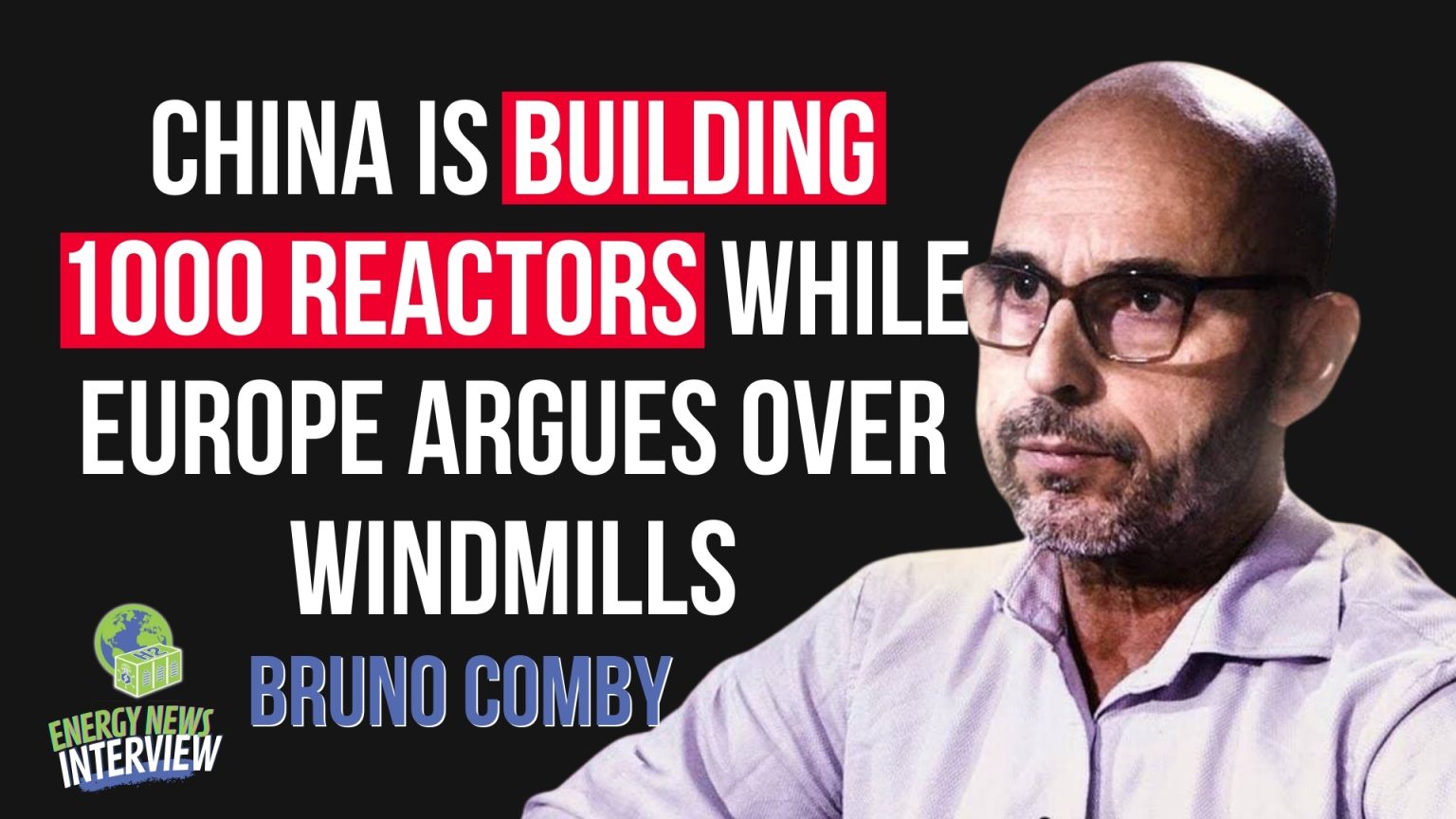In 2022, Germany shut down its last nuclear reactors, marking the end of a decades-long policy shift that cost an estimated €500 billion while increasing emissions and electricity costs. Across the border, France—historically reliant on nuclear for more than 70% of its electricity—struggles with aging infrastructure but still enjoys one of Europe’s lowest-carbon grids. For Bruno Comby, founder of Environmentalists for Nuclear Energy, these diverging trajectories illustrate a paradox: the green movement’s rejection of its most scalable low-carbon tool.
WATCH THE FULL INTERVIEW HERE
Comby argues that nuclear power’s poor public image is less about technical realities than about political narratives. Civilian nuclear programs, he notes, have often reduced proliferation risks rather than fueling them, citing South Africa, Argentina, and Brazil as examples where energy cooperation curtailed weapons ambitions. Yet the public debate remains dominated by conflations between Hiroshima and nuclear power plants, while accidents such as Fukushima reinforce long-standing fears.
Technically, Comby points to the density of nuclear fuel as its defining advantage. One gram of uranium, he stresses, holds the equivalent energy of one ton of coal. With 97% of used nuclear fuel recyclable, he views the waste problem as largely political, not scientific. Critics counter that long-term storage solutions remain contested in Europe and North America, even as Finland’s Onkalo repository moves toward becoming the first operational deep geological facility.
China’s rapid expansion underscores the contrast between rhetoric and practice. While Europe debates phase-outs, Beijing is constructing dozens of reactors and has announced plans for up to 150 new units by 2035. This push reflects both climate targets and strategic energy security, positioning China as a global leader in reactor construction at a time when the West’s capacity has stagnated.
The debate around small modular reactors (SMRs) adds another layer. Proponents frame SMRs as a flexible, scalable alternative, while Comby remains skeptical that they will replace large-scale plants in terms of cost efficiency and output. His critique aligns with concerns that commercialization timelines are too slow to meet immediate decarbonization targets.
Underlying Comby’s perspective is the belief that the environmental movement, in opposing nuclear, has inadvertently strengthened fossil fuels. Germany’s coal dependence post-nuclear exit and Spain’s grid instability following over-investment in solar provide case studies of this unintended consequence. The core question for policymakers remains whether political resistance to nuclear power can be reconciled with the urgency of climate goals.
